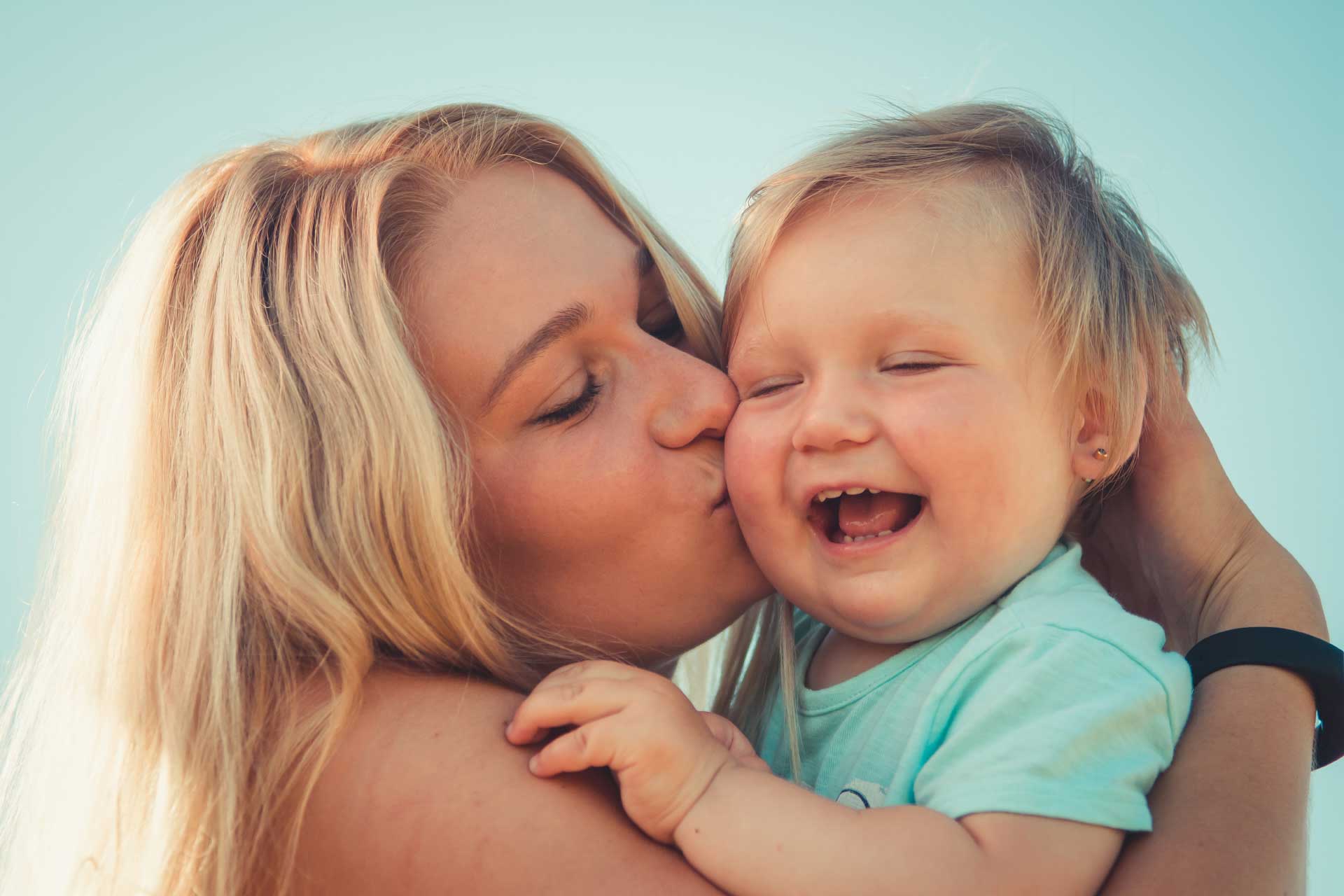Childproofing Your Home
The number one reason children under three years old visit the emergency room is accidental household injury. That’s because children spend the majority of their time in the house. The best way to prevent injury is supervision, but it’s important to “childproof” your home for the times when you can’t be standing guard over your little ones. Follow these guidelines to make sure your little ones stay safe.
Think Like A Toddler
The first step to childproofing your home is to think like your child. It may sound silly, but if you get down on their level and crawl around the living room, you’ll see just how dangerous it can be. The corner of your coffee table looks a lot sharper when it’s at eye level. Take note of exactly which countertops, cabinets, and tables are reachable from your child’s level. This establishes what needs to be protected.
Identify The Enemy
Kids bump their heads on coffee tables, and cabinets. That’s a fact of life, but there are bigger threats lurking in your house. Think of the first thing your child does when he or she picks up something new to play with. They put it in their mouth. That’s why it’s important to keep any poisonous substances out of reach. That means if you keep your cleaning supplies under the sink, then you need to move them. Vitamins, medicines, alcohol, and soaps all need to be kept out of reach. Luckily, your little one, most likely can’t reach very high, so use the top cabinets. This is the best way to ensure these substances stay unavailable. Also keep the poison control phone number saved in your phone – just in case.
Lock It Up
If you don’t have enough overhead cabinet space, you can put locks on your cabinets. There are commercial childproof locks for cabinets and drawers. They come at a reasonable price as well. An alternative solution is to use rubber bands. It’s simple but effective. Use the rubber band to tie the cabinet doors together. That should keep out any adventurous toddlers.
Beware Heavy Things
Another common threat is heavy pieces of furniture. Make sure your child can’t pull anything down on top of him or herself. Common culprits are television sets, dressers, and bookshelves. Make sure nothing is wobbly enough or top-heavy enough to come toppling down. Babies naturally learn to pull up to a standing position on furniture. You don’t want anything to be able to push back down on them. Keep dresser drawers closed. They throw the whole thing off balance, and they make perfect ladders.
Children are always hurting themselves. It’s part of growing up. They constantly bump their heads and fall over. Small boo boos are totally natural, but it’s important to keep the more dangerous threats out of your child’s path of destruction. It won’t take more than a day to childproof your house, and it will leave your mind at peace knowing they can’t hurt themselves too badly.








